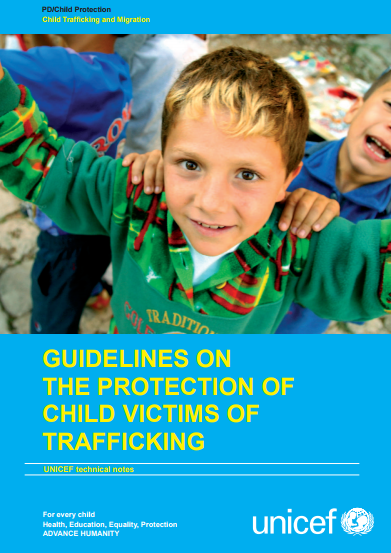Stop Slavery Blueprint
GuidanceThis document sets out key principles, guidance and recommendations for the hotel industry in the form of policies, practices, procedures, protocols and a checklist of suggested actions. It is intended for the internal use of hotels and other stakeho...Read More

